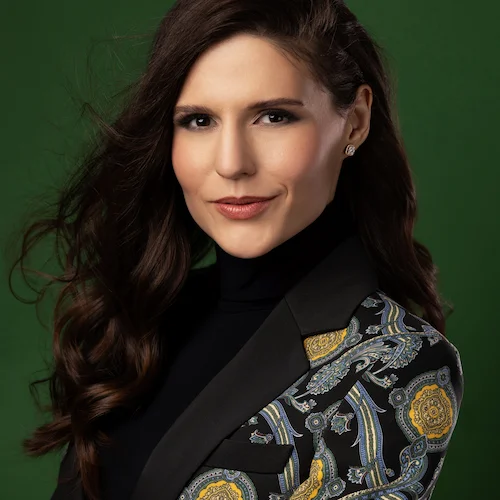The modern workforce spans four generations: Baby Boomers, Gen X, Millennials, and Gen Z. Each group brings unique strengths, but also differing expectations, communication styles, and values. These differences can create friction or foster innovation, depending on how they’re managed.
The Challenges of Generational Diversity
Misunderstandings often arise from stereotypes. For example, Boomers may view Gen Z as entitled, while Gen Z may see Boomers as resistant to change. These perceptions create barriers to effective collaboration and can hinder workplace harmony. Recognizing these challenges is the first step toward building a cohesive workforce.
Strategies for Cross-Generational Collaboration
- Facilitate Open Dialogue: Create forums where employees can share their perspectives without judgment. Regular team discussions or intergenerational panels can promote understanding and empathy.
- Implement Reverse Mentorship: Pair younger employees with seasoned professionals to encourage mutual learning. This exchange benefits both groups by combining institutional knowledge with fresh perspectives.
- Celebrate Differences: Highlight the unique contributions of each generation. Organize workshops or recognition programs that emphasize the value of diverse skills and experiences.
- Develop Inclusive Policies: Ensure workplace policies cater to the needs of all generations. This includes flexible work arrangements and tailored benefits packages that accommodate different life stages.
Unlocking Potential
Collaboration across generations unlocks innovation and resilience. By fostering cross-generational strategies, businesses can create teams that excel in creativity, adaptability, and problem-solving. From developing inclusive leadership practices to leveraging diverse viewpoints, organizations can build a future-ready workforce. Learn more about fostering collaboration in Gen Z in Work. Purchase your copy here: drkarinaochis.com/book-gen-z-in-work.


